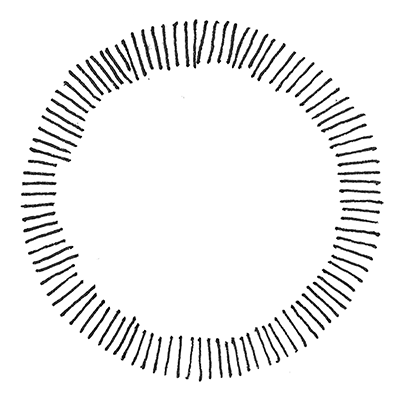Growing Potatoes in a Bag + Winter Citrus Circus Workshop
As we welcome change in our country’s leadership, we find ourselves also in the deep months of the pandemic winter. If you are looking for some cheer to get you through to spring, may I suggest the humble yet heroic POTATO!
We know that potatoes are nutritious and delicious. They are also a medium for creative production and play, as demonstrated in the potato printing workshop we held in December. Soviets in the 1930’s were deeply inspired by potato potential, as evidenced by these illustrated instructions on how to make toys out of potatoes.
From the perspective of a gardener, potatoes are one of the most interesting things to plant with children. Digging them up is like a treasure hunt!
In northern California, potatoes started in February or March are ready in late May or early June.
Potatoes can be planted in any garden bed with loose soil. If you don’t have a yard, or you want to experiment, try planting potatoes in a bag! A year or two ago I started using potato bags that can be bought at nurseries and love the results. When we are ready to harvest, we just turn them out on the ground, and find the potatoes. Children can even reach into the Velcro “pocket” these bags provide and get a spud or two early.
As an inexpensive alternative, you can grow potatoes in reusable plasticized shopping bags by cutting a few holes in the bottom for drainage and filling the bags with dirt. Ready to get your hands dirty? Here are instructions.
How to grow potatoes in a bag:
Cut holes in the bottom of the plasticized or cloth shopping bag so it will drain, or use a potato bag bought from a nursery.
Fill the bag about 1/3 full with potting soil.
Place several seed potatoes about 4” apart in all directions- a one pound bag of seed potatoes will fill a larger potato bag; shopping bags will only need 4-6 seed potatoes.
Cover potatoes with soil until the soil is about three inches above their tops.
Water and place in a sunny spot.
When your potatoes have sprouted and grown a few leaves, add more soil so that the stems are in soil. Do this several times as they grow. They will grow if you don’t do this, but having soil around the stems encourages more tubers to develop.
If you like, add a mix of potting soil and straw around your potatoes instead of just soil.
When the potatoes flower and the leaves start to wither, they are ready to be harvested. Reach around with your hand (or open the pocket in a commercially prepared potato bag) to make sure there are potatoes there before pulling them out.
This method grows “new potatoes”, which are delicious and have a thin skin. Big russet potatoes used for baked potatoes are left in the fields longer, until the skins are thick. These keep longer, but smaller, thinner skinned potatoes are ideal for a quick harvest and are particularly tasty.
Enjoy your potatoes! To learn more, see Chapter 14 of Growing Whole Children in the Garden.

